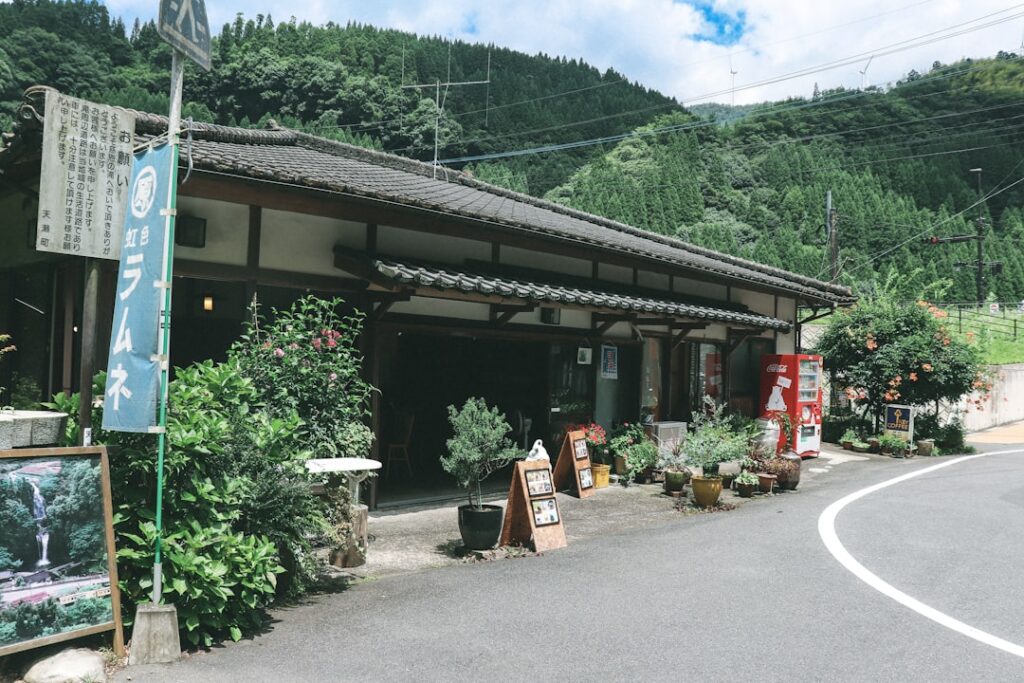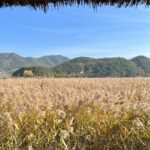If you are looking to dive deep into Japan’s authentic autumn experiences, 2025 is the year to visit. This season, a unique trend is sweeping across the country: local mushroom foraging adventures paired with enchanting forest cafés, all set in rural landscapes brimming with culture and culinary delights. Whether you’re a foodie, a nature enthusiast, or a traveler seeking off-the-beaten-path gems, Japan’s vibrant mushroom culture and its local gourmet scene offer a memorable journey you won’t find in any guidebook. Join us as we explore hidden satoyama, meet passionate local foragers and chefs, and taste autumn’s rich flavors.
Japan’s 2025 Autumn Mushroom Foraging Boom: The Allure & Its Impact on Local Gourmet Culture
In recent years, Japan’s autumn wild mushroom hunting—known as “kinoko-gari”—has evolved far beyond a countryside pastime. The 2025 season has seen an unprecedented boom, as locals and visitors alike seek the earthy, unparalleled flavors of freshly foraged mushrooms. This fascination is rooted in Japan’s deep appreciation for seasonal foods, as well as a growing desire for sustainable, experiential tourism. Beyond simply picking mushrooms, the trend has energized local gourmet scenes, with pop-up forest cafés and farm-to-table restaurants designing special autumn menus based on harvests from neighboring satoyama (rural woodlands). As a result, rural regions that once only saw hikers or elderly foragers now buzz with curious foodies, eco-travelers, and culture seekers from around the world.
Mushroom Foraging in Nagano’s Satoyama: Locals’ Secret Spots and Essential Tips
Hidden deep within the Nagano prefecture’s satoyama are some of Japan’s most prolific wild mushroom spots, beloved by locals and closely guarded for generations. Visiting these mosaic landscapes in October reveals lush, misty forests adorned with chestnut, beech, and oak—prime environments for rare kinoko like shimeji, matsutake, and nameko. Guided tours led by local foragers give visitors access to secret sites and insider harvesting tips, such as the best times to pick (morning after rainfall), safe identification practices, and respect for the delicate forest ecosystem. Authentic excursions go beyond foraging, sharing folk stories, ecological wisdom, and the joy of seasonal discovery. Nagano’s kinoko experience isn’t just an activity; it’s an immersion into rural life and a celebration of nature’s fleeting treasures.
Forest Café Hopping in the Mount Takao Area: Scenic Cafés & Mushroom Lunches
Not far from Tokyo, the slopes of Mount Takao transform into a tapestry of gold and crimson each autumn, drawing city dwellers and adventurers alike. Among the walking trails, a new breed of “forest cafés” has emerged, offering an atmospheric retreat nestled among tall cedars and maple trees. These unique spaces blend rustic architecture with panoramic windows, open-air decks, and an unmistakable woodland vibe. Menus showcase local kinoko harvests, with dishes such as creamy mushroom risotto, artisan breads studded with wild fungi, and even seasonal mushroom desserts. Some cafés offer hand-drip coffee using spring water or locally blended herbal teas, adding further layers to the sensory experience. Foraging tours in the morning followed by a leisurely café lunch allow visitors to taste the forest in every sense.
Savoring the Freshest Kinoko Dishes: Chef’s Recipes & Must-Visit Local Eateries
The magic of autumn kinoko truly comes alive at the table. Throughout central Japan, innovative chefs are incorporating foraged mushrooms into traditional and modern creations. At rustic inns and stylish countryside bistros, you’ll encounter specialties like grilled matsutake brushed with soy sauce, nameko mushroom soup, and deconstructed tempura featuring a rainbow of wild fungi. Culinary workshops sometimes follow the foraging tours—local chefs guide guests through the process of cleaning, sorting, and preparing mushrooms picked just hours before. Recipes are passed down through generations and showcase the umami, earthy sweetness, and delicate textures unique to Japan’s wild kinoko. Must-try spots include village kitchens (kominka cafés) and pop-up mushroom events, where the menu changes each day based on what’s gathered from the woods.
Sustainable Adventures: Satoyama Culture, Nature Conservation, and Exclusive Autumn Events
Mushroom foraging is more than a culinary adventure—it’s deeply entwined with rural Japanese values of sustainability, respect for nature, and community bonds. The satoyama regions promote eco-friendly tourism and protect fragile landscapes by educating guests on low-impact harvesting and local customs. Many autumn events, such as “Kinoko Festivals,” blend mushroom tastings, farmers’ markets, traditional music, and hands-on workshops in crafts or cooking. Environmental NGOs and local cooperatives often collaborate with guides and chefs to support reforestation, clean streams, and pass on ecological knowledge to the next generation. Participating in these activities doesn’t just enrich your travel experience; it contributes directly to the protection of these unique biocultural landscapes.
From mist-laden Nagano forests to cozy Mount Takao cafés, Japan’s 2025 mushroom hunting phenomenon invites you to connect with the land, its people, and the soulful flavors of autumn. Whether you join a foraging adventure, indulge in kinoko feasts, or celebrate at a rural harvest festival, each encounter reveals a side of Japan few outsiders ever see. This year, let the scent of earth and the delight of discovery guide your journey into the heart of Japanese autumn.








